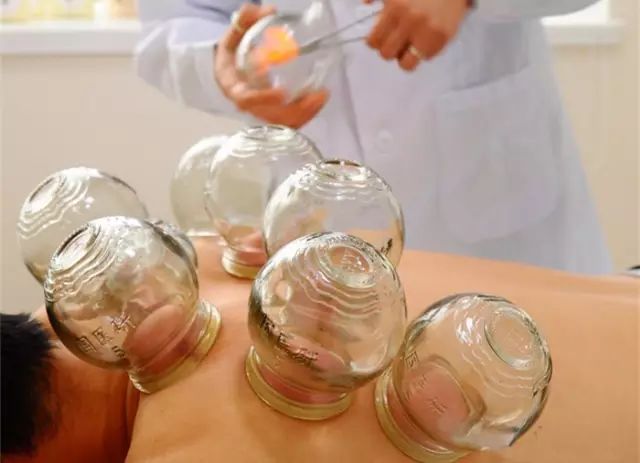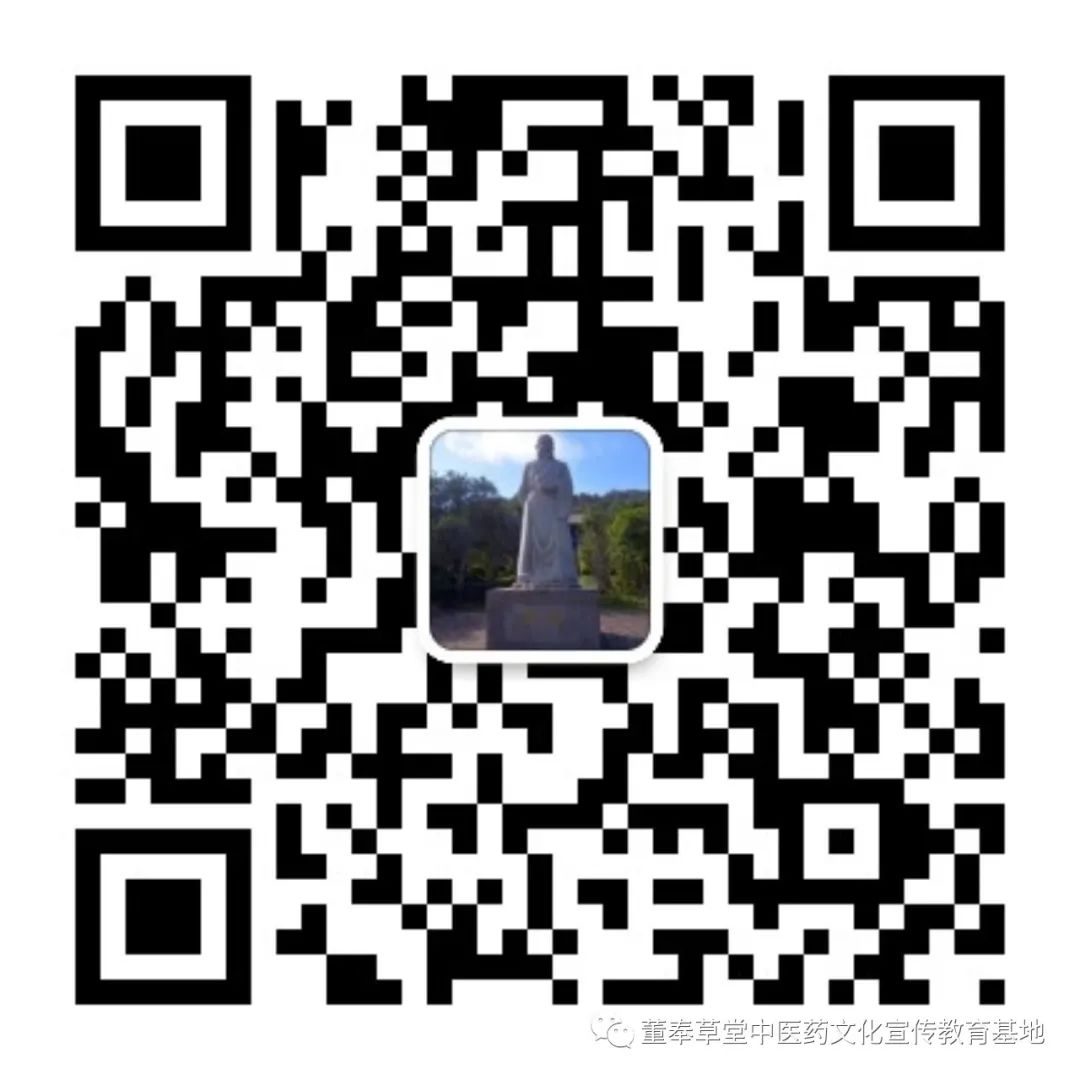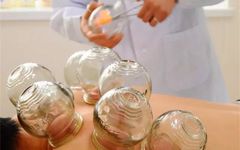Click the blue text to follow us
Cupping Therapy

This method involves using various techniques to remove air from the cupping jar to create negative pressure, allowing it to adhere to the body surface for therapeutic purposes. It is also known as vacuum therapy or cupping method. In ancient times, it was made from animal horns, referred to as horn method. Through suction, it can lead to local tissue congestion or stasis, promoting the smooth flow of meridians and enhancing qi and blood, with effects such as invigorating blood, promoting qi, relieving pain, reducing swelling, dispelling cold, eliminating dampness, resolving masses, detoxifying, and reducing fever. It is suitable for conditions such as cough due to cold, pneumonia, asthma, headaches, chest and rib pain, rheumatic pain, low back and leg pain, sprains, stomach pain, abscesses, boils, swelling and pain, and snake bites (to expel venom). When using cupping, it is important to select jars with smooth edges and appropriate sizes, and the cupping duration should not be too long. Common cupping methods include flash cupping, fire cupping, suction cupping, water cupping, staying cupping, moving cupping, and pricking and cupping.
Bloodletting Therapy
This is a type of acupuncture method, specifically the pricking method mentioned in the Huangdi Neijing, which involves using a three-edged needle to puncture specific superficial blood vessels in the body according to different conditions, releasing a suitable amount of blood. This method promotes blood circulation and qi flow to achieve therapeutic effects. Bloodletting therapy plays an important role in disease treatment, and ancient physicians placed great emphasis on it. The Su Wen: Blood and Qi Formations states: “In treating diseases, one must first remove the blood.” The Ling Shu: Heat Diseases mentions: “For severe heart pain, puncture the foot taiyin and jueyin to remove the blood vessels.”
Common Acupuncture Points
Shixuan: Treats coma, epilepsy, hysteria, mastitis, pediatric convulsions, and heat stroke;
Si Feng: Treats pediatric malnutrition and whooping cough;
Ba Xie: Treats irritability, eye pain, and swelling and pain from snake bites;
Quze: Treats irritability, stomach pain, and vomiting;
Shaoshang: Treats acute throat swelling and pain, acute tonsillitis, nosebleeds, fever, and coma;
Shangyang: Treats acute throat swelling and pain, toothache, finger numbness, and coma;
Weizhong: Treats abdominal pain, vomiting and diarrhea, and low back pain (especially effective for acute lumbar sprains).
Bloodletting Volume
Some patients ask how often bloodletting should be done. This depends on the volume of blood drawn. If the volume is around 100 milliliters, it can be done every 10-15 days. If less than 50 milliliters, it can be done once a week; if less than 30 milliliters, it can be done every 3-5 days.
Scan the code
Follow us

Dongfeng Herbal Hall Traditional Chinese Medicine Culture
Promotion and Education Base

